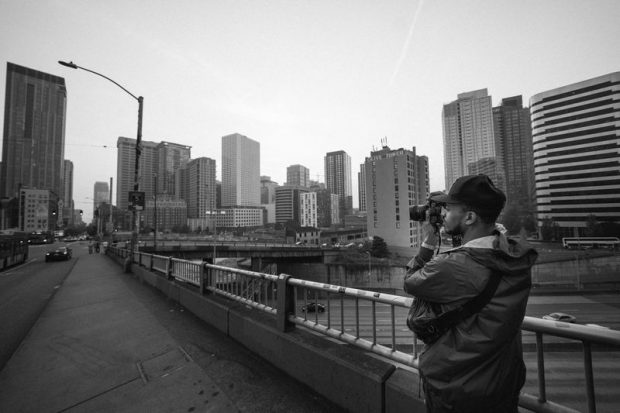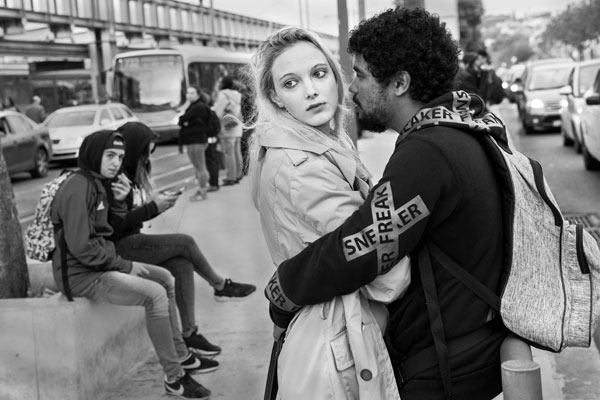About Framing Streets
About Framing Streets
Blog Article
Framing Streets - The Facts
Table of ContentsSome Known Facts About Framing Streets.Framing Streets - TruthsThe Framing Streets StatementsThe 7-Minute Rule for Framing StreetsFraming Streets - TruthsHow Framing Streets can Save You Time, Stress, and Money.
Digital photography style "Crufts Canine Show 1968" by Tony Ray-Jones Street digital photography (likewise sometimes called honest digital photography) is photography performed for art or inquiry that features unmediated chance encounters and random occurrences within public areas, usually with the aim of catching images at a decisive or poignant moment by cautious framing and timing. 
Consequently his boots and legs were well specified, yet he is without body or head, because these were in motion." Charles Ngre, waterseller Charles Ngre. https://www.openlearning.com/u/davidturley-s71apy/ was the very first photographer to acquire the technological refinement required to register people in motion on the street in Paris in 1851. Photographer John Thomson, a Scotsman collaborating with journalist and social protestor Adolphe Smith, published Street Life in London in twelve month-to-month installations starting in February 1877
Framing Streets for Beginners
Eugene Atget is considered as a progenitor, not because he was the initial of his kind, however as a result of the popularisation in the late 1920s of his document of Parisian streets by Berenice Abbott, that was influenced to undertake a comparable paperwork of New york city City. [] As the city established, Atget assisted to promote Parisian roads as a deserving topic for photography.

All about Framing Streets
The chief Mass-Observationists were anthropologist Tom Harrisson in Bolton and poet Charles Madge in London, and their very first report was produced as the publication "May the Twelfth: Mass-Observation Day-Surveys 1937 by over two hundred viewers" [] Window cleaner at Kottbusser Tor, Berlin, by Elsa Thiemann c. 1946 The post-war French Humanist School digital photographers located find out here their topics on the road or in the bistro. Between 1946 and 1957 Le Groupe des XV annually showed job of this kind. Andre Kertesz. Circus, Budapest, 19 May 1920 Street digital photography created the significant web content of 2 exhibitions at the Museum of Modern Art (Mo, MA) in New york city curated by Edward Steichen, 5 French Digital Photographers: Brassai; Cartier-Bresson, Doisneau, Ronis, Izis in 1951 to 1952, and Post-war European Digital Photography in 1953, which exported the idea of road digital photography internationally.

Unknown Facts About Framing Streets
The recording machine was 'a concealed cam', a 35 mm Contax hidden below his coat, that was 'strapped to the chest and attached to a lengthy cable strung down the best sleeve'. His job had little modern influence as due to Evans' sensitivities regarding the originality of his project and the privacy of his subjects, it was not published until 1966, in the publication Many Are Called, with an introduction composed by James Agee in 1940.
Helen Levitt, after that a teacher of children, related to Evans in 193839. She recorded the transitory chalk illustrations - vivian maier that belonged to youngsters's street society in New york city at the time, along with the youngsters who made them. In July 1939, Mo, MA's new digital photography area included Levitt's work in its inaugural exhibitRobert Frank's 1958 book,, was substantial; raw and usually out of emphasis, Frank's images questioned traditional digital photography of the moment, "challenged all the official guidelines put down by Henri Cartier-Bresson and Pedestrian Evans" and "contradicted the wholesome pictorialism and genuine photojournalism of American magazines like LIFE and Time".
Report this page